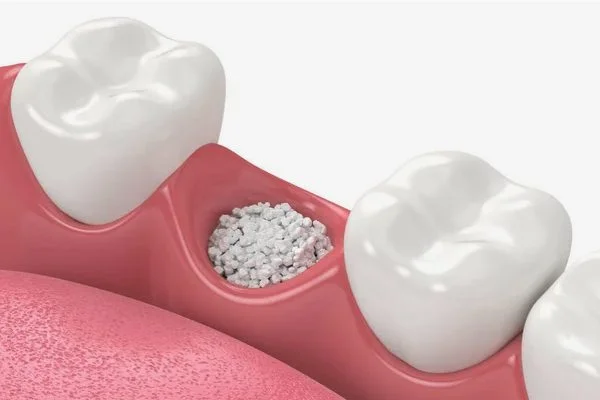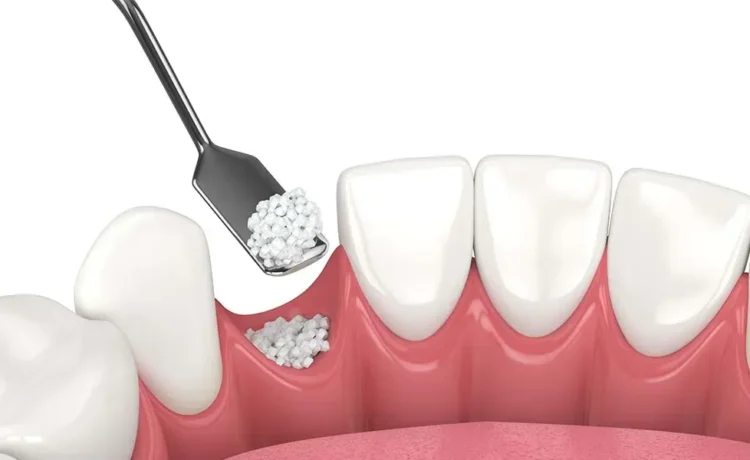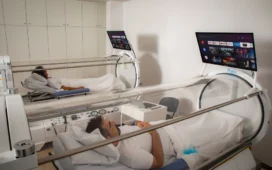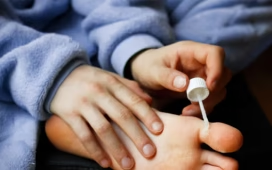Dental bone grafting offered by the Duncanville dentist is a surgical procedure that involves transplanting bone tissue to the jawbone to restore its shape, density, and function. This procedure is often necessary for patients who have experienced bone loss due to periodontal disease, tooth loss, or trauma.
In this article, we will explore dental bone grafting, its indications, and what to expect before, during, and after the procedure. So read on!
What is dental bone grafting?
Dental bone grafting is a surgical procedure that involves transplanting bone tissue to the jawbone to restore its shape, density, and function. This procedure is often necessary for patients who have experienced bone loss due to periodontal disease, tooth loss, or trauma. The goal of bone grafting is to provide stable support for natural or dental teeth, improve facial aesthetics, and enable the successful placement of dental implants. By grafting new bone tissue, the jawbone can be strengthened and rebuilt, allowing for optimal oral health and function to be restored.
What to expect before dental bone grafting?
Dental bone grafting is a minimally invasive surgical procedure, with the following pre-procedure:
Before the procedure
Before undergoing dental bone grafting, your dentist or oral surgeon will evaluate your overall health and assess the extent of bone loss. They will also discuss the procedure, risks, and benefits with you. You may be required to undergo imaging tests such as X-rays or CT scans to determine the exact location and extent of bone loss.
What to expect during dental bone grafting?
The procedure typically takes place in a dental office or hospital setting under local anesthesia or conscious sedation. The surgeon will make an incision in the gum tissue to access the bone, and then:
- Harvest the graft: The surgeon will harvest the bone graft from a donor site (autograft) or use a synthetic or animal-derived graft (allograft or xenograft).
- Prepare the recipient site: The surgeon will prepare the recipient site by cleaning and shaping the bone.
- Place the graft: The surgeon will place the graft into the recipient site and secure it with sutures or screws.
- Close the incision: The surgeon will close the incision with sutures.
What to expect after dental bone grafting?

After the procedure, you can expect:
- Swelling and bruising: Swelling and bruising are common and may last for several days.
- Pain and discomfort: You may experience pain and discomfort, which can be managed with pain medication.
- Rest and recovery: You will need to rest and avoid strenuous activities for several days.
- Follow-up appointments: You will need to attend follow-up appointments to monitor the healing process.
- Graft integration: The graft will take several months to integrate with the surrounding bone.
Does dental bone grafting pose any risks?
As with any surgical procedure, there are risks and complications associated with dental bone grafting, including:
- Infection
- Nerve damage
- Graft rejection
- Bleeding
- Swelling
What are some effective tips for a smooth recovery after dental bone grafting?
Some effective tips for smooth recovery after dental bone grafting include:
- Follow instructions: Follow your surgeon’s instructions carefully.
- Rest: Get plenty of rest and avoid strenuous activities.
- Eat soft foods: Eat soft foods and avoid chewing on the graft site.
- Take medication: Take pain medication as directed.
- Attend follow-ups: Attend all follow-up appointments.
Wrapping up
Dental bone grafting is a highly effective surgical procedure that can restore the shape, density, and function of the jawbone, enabling patients to regain optimal oral health and confidence. By understanding the benefits and risks associated with the procedure, and following the surgeon’s instructions, patients can ensure a successful outcome. While some discomfort and sensitivity can be expected during and after the procedure, proper care and recovery protocols can minimize these effects. Ultimately, dental bone grafting can be a life-changing solution for individuals seeking to improve their oral health, enhance their smile, and regain their self-assurance.







